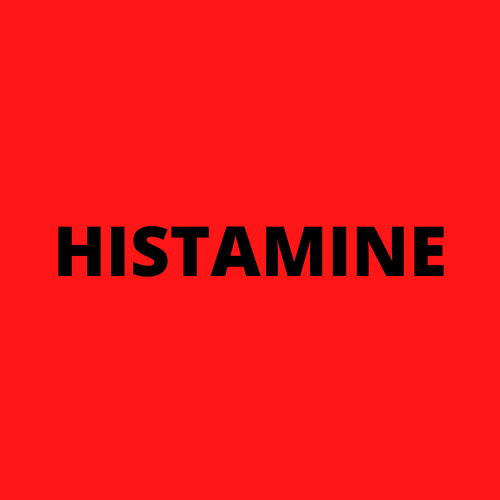
SEAWEED ALLERGY
Key Allergens
Carrageenan are made from red seaweed and are used in foods as thickeners and stabilisers. The E-number for carrageenan is E407.
Agar is also made from certain species of red seaweed. It is a jelly-like substance which is used in medicine (agar plates) and as a plant based gelatin replacement. The E-number for agar is E406.
Alginates are made from certain brown seaweeds. They are efficient at absorbing water, so are used in dietary supplements and gaviscon as well as being used in fireproofing materials.
Specific allergens are difficult to study as seaweeds are from such a diverse group of plants. A Chitinase protein has been found in Porphyra yezoensis, a red seaweed used to make nori. Another species of Porphyra, Porphyra umbilicalis, is also a red seaweed used to make Laverbread.
Food Intolerances



Seaweeds are generally low histamine, but nori is high in other biogenic amines similar to histamine, so is not suitable for people following a low histamine diet.
Seaweed is a low FODMAP food. FODMAP stands for Fermentable oligosaccharides, disaccharides, monosaccharides and polyols. Foods high in FODMAPs can cause symptoms of food intolerance, affecting the gastro intestinal system and this can be mistaken for a true IgE food allergy.
Seaweed, more specifically nori, is a food high in salicylates. Salicylates have the potential to cause worsening of asthma, swelling, itching and hives as well as food intolerance symptoms in people who are sensitive to salicylates.
You can read more about Food Intolerances on the dedicated Food Intolerance Page.
Associated Syndromes
Cross Reactivity
Note these food lists are not exhaustive, you can find the most up to date information on the Cross Reactivity Tool.
Resources
Websites
DermNet N - Seaweed Dermatitis
Science Direct - Edible Seaweed
Articles and Journals
Safety and allergenicity of seaweeds, 2024
in silico Identification and Characterization of Potential Red Seaweed Allergens, 2023
Risk–benefit assessment of seaweed Allergenicity risk assessment of novel protein, 2022
Edible algae allergenicity – a short report, 2022
Risk–benefit assessment of seaweed Allergenicity risk assessment of novel protein, 2022
Brown Seaweed Food Supplementation: Effects on Allergy and Inflammation and Its Consequences, 2021
Possible allergic reaction to alginate used for dental impressions, 2020
Anaphylaxis caused by alginate dressing, 2018
Anaphylaxis caused by alginate dressing, 2018
A case of carrageenan allergy in a pediatric patient, 2018
Edible seaweeds’ phlorotannins in allergy: A natural multi-target approach, 2018
Allergic Reactions to Dental Materials-A Systematic Review, 2015
Allergenicity and allergens of amphipods found in nori (dried laver), 2006